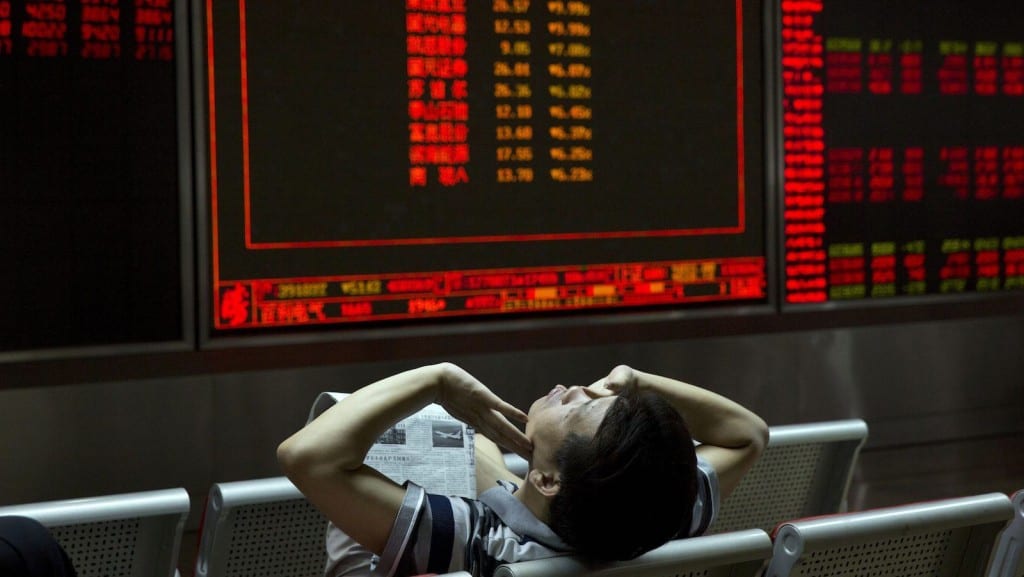
WHAT do household terms Black Monday and the Mass Rapid Transit (MRT) have in common? They both originated in 1987, a remarkable year that saw the worst – and best – of the Singapore stock market, as well as the historic rollout of the Republic’s first MRT service.
On Oct 19, stock markets around the world collapsed. Billions of dollars were wiped out following a record selloff on Wall Street. The Dow Jones Industrial Average nosedived 508 points or 22.61 per cent to 1,738.74, its largest one-day percentage decline.
The Straits Times Index (STI) was not spared, shedding 170 points or 12 per cent to 1,223.28, its biggest one-day tumble in local stock market history. Using the percentage drop in the STI as a crude measure, over S$15 billion – “enough to build three MRT projects” as detailed in the BT report – was obliterated from the market’s capitalisation.
This was ironic because just a week later, the first section of the MRT – the North South Line between Yio Chu Kang and Toa Payoh – started operations. In ways that were unimaginable before, this brand-new transport mode dramatically transformed the retail landscape in Singapore.
Banks, pharmacies and shops selling gifts, jewellery and electronics became the first to dominate retail space at MRT stations. They wanted to capture the “tremendous traffic” (as Guardian Pharmacy called it) of thousands of office workers who took the trains for work and shopping downtown.
Speaking of tremendous, something else happened that year. On July 7, the Singapore bourse breached the 1,300- mark for the first time in the history of the stock market. The STI added 28.87 points to close at 1,316.15, by virtue of blue chips and good-quality stocks such as F&N, OCBC, DBS and Singapore Press Holdings.
Unfortunately, that stock market euphoria did not live out the remaining months of 1987 as Black Monday struck. That catastrophic market crash in fact inspired the development of trading curbs, or circuit breakers that would allow stock exchanges to temporarily halt trading in instances of exceptionally large price declines.

